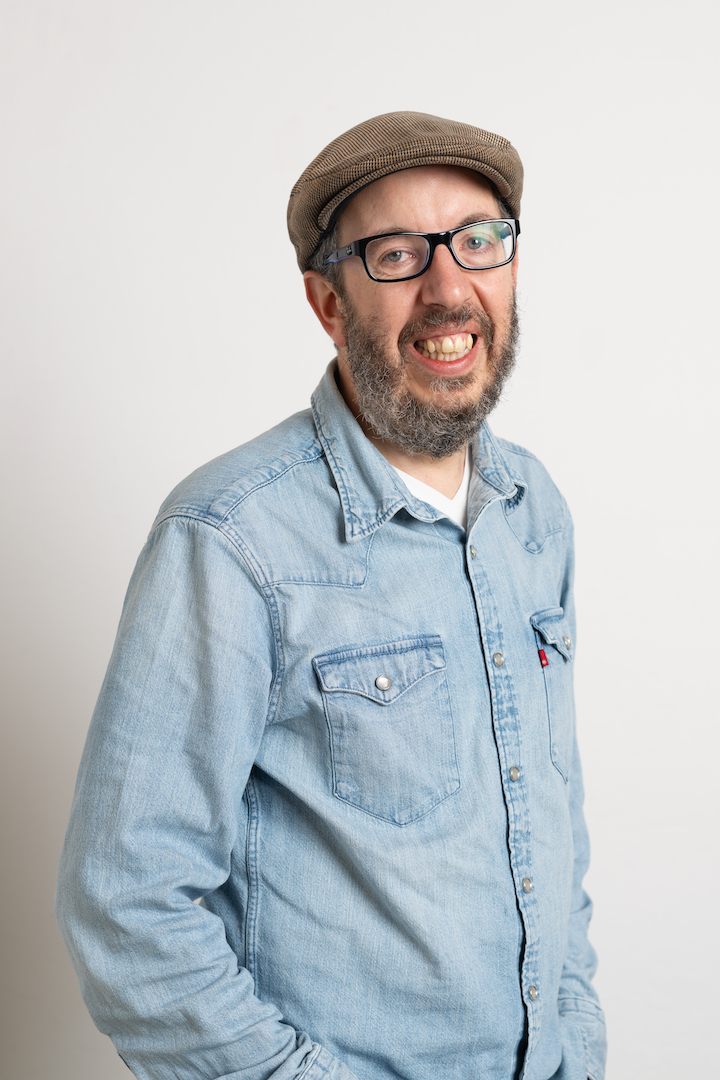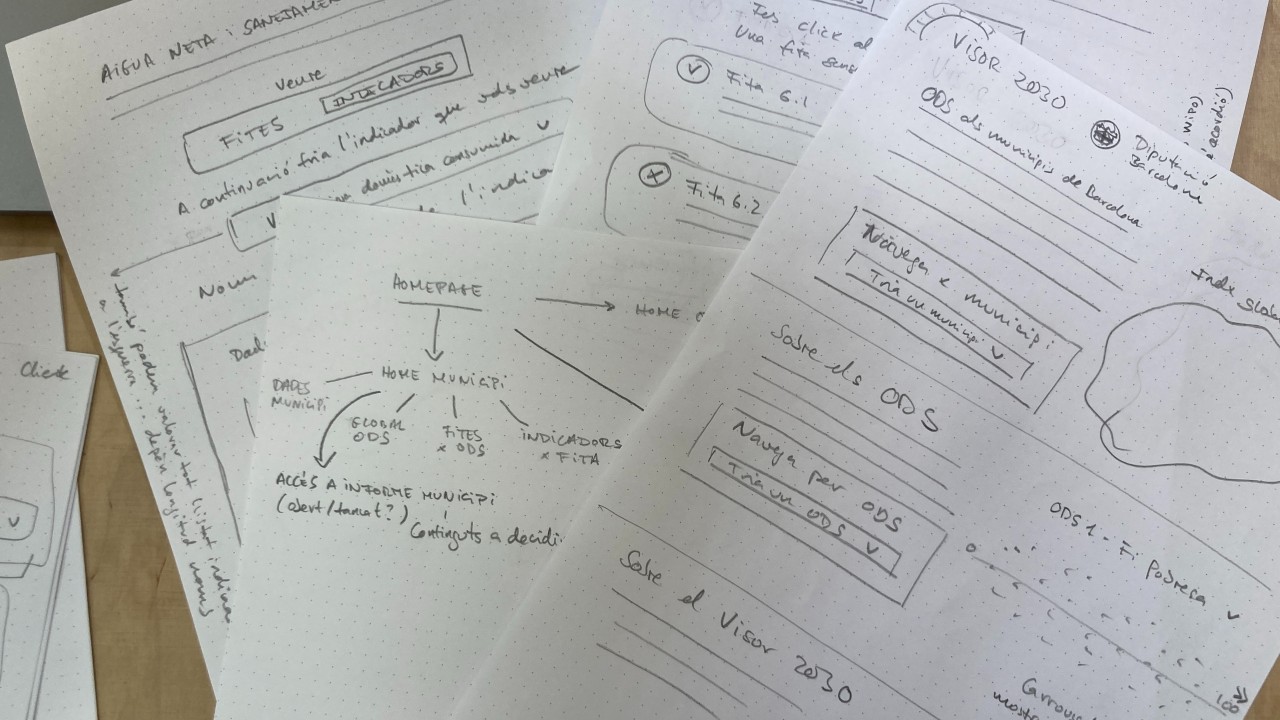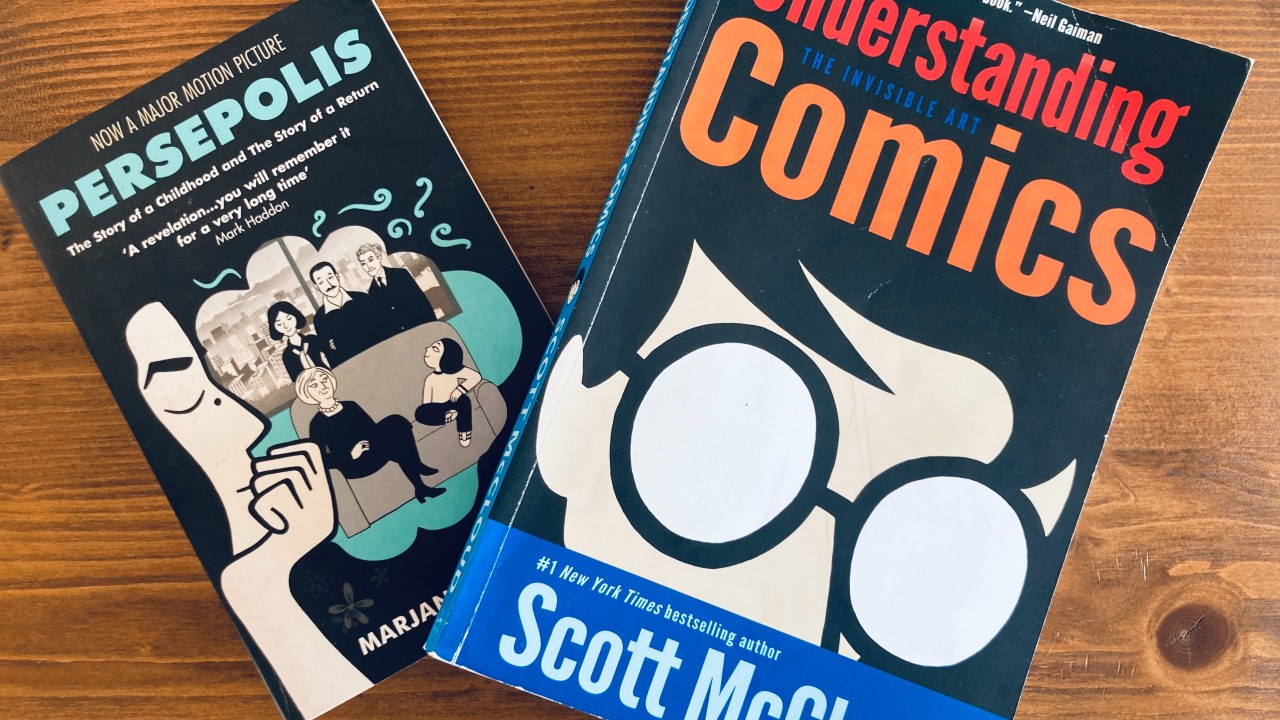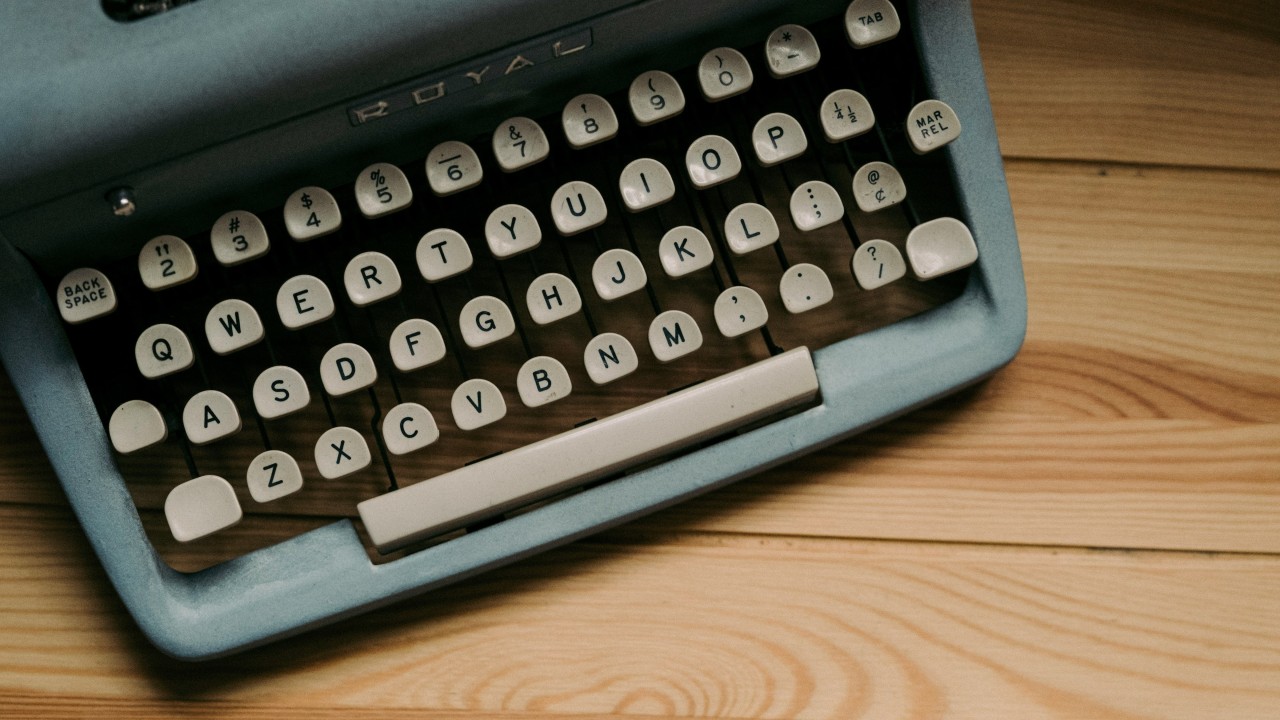Paper and Pencil
Octubre 31, 2024
This is my workspace right now: scattered with sketches on paper. For years, I’ve taught that using paper sketches is an essential part of data visualization (and I’d argue, design in general) to think better.
But to be 100% honest, I rarely practiced what I preached. Somehow, it didn’t feel professional. Maybe I thought my drawing skills weren’t good enough, or perhaps I was just too excited to jump into Figma.
Over the last few months, though, I’ve made myself go through this paper-thinking process at the start of every project. And it’s been transformative—not just for the quality of my work but for my work experience itself.
Here are the main ways I’ve benefited from paper prototyping:
1. Peace and Focus
It’s a moment of peace and focus, just me, a pencil, and a blank page—a kind of oasis amid the usual interruptions. My workday improves dramatically when I create space for these moments.
2. Knowing My Role
I move past my doubts, refocusing on my strengths: structuring information, envisioning layouts, and defining user journeys—the “big picture” parts of design. Paper prototyping aligns perfectly with this. By contrast, using Figma (or similar tools) often left me feeling frustrated, as they require levels of detail and technical skill beyond what’s essential for my role.
3. Focusing on Teamwork
Paper sketches remind me to keep the focus on teamwork. Data visualization projects require diverse skills, and the key to success is collaboration rather than mastering every detail. My role involves understanding requirements, exploring the data, and sketching the design on paper. From there, designers and developers bring it to life. The magic lies in syncing our strenghts at each project stage.
4. Failing Fast and Early
Rapid sketches allow me to share ideas and discuss options with clients right away, ensuring we’re headed in the right direction. Initially, I was embarrassed by my rough sketches, but once I saw them as a tool for idea sharing, everything changed. Interestingly, when the sketches are simple, clients tend to focus on the core ideas rather than details like fonts or colors—which are important but better saved for later.
5. Appreciating Artisan Time
I’ve grown to love the tactile experience of analog tools, like a quality pencil or a good dotted notebook. Even improving my lines or map shapes, or practicing my handwriting, feels rewarding. Relying less on computers reconnects me to a sense of craftsmanship and creativity I’d almost forgotten.

Chief Strategy Officer
El Pere ha fundat OneTandem per dedicar-se al que més li agrada: ajudar a les empreses, organitzacions i persones a transformar dades en coneixement. Compta amb més de 15 anys d’experiència en diferents projectes digitals, i imparteix classes a ESADE, UAB i UPF.



T'ha agradat? Comparteix!